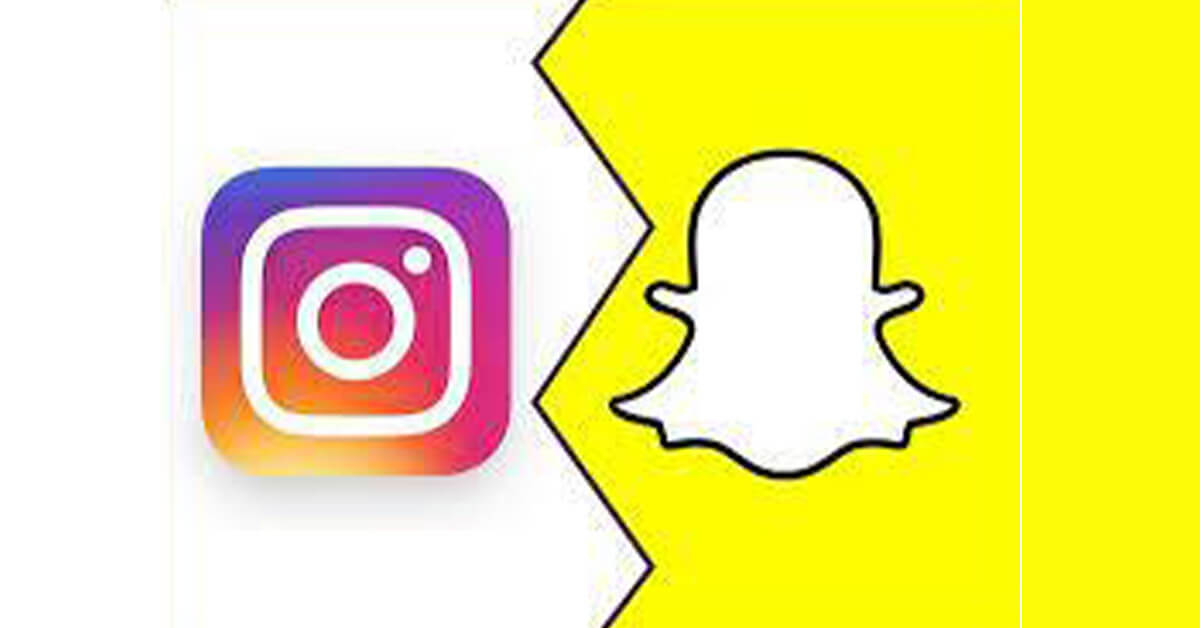In the battle for AR supremacy, two social media giants, Instagram and Snapchat, have emerged as leading platforms, enabling creators to design immersive and interactive AR experiences for their massive user bases. However, while both platforms offer AR development tools, there are distinct differences between them. If you're considering diving into AR for either platform, it's crucial to understand these distinctions. Let's delve into the key differences between Instagram and Snapchat AR development.
1. Historical Context
Snapchat was one of the pioneers in bringing AR to social media. With the introduction of Lenses in 2015, Snapchat began its AR journey, allowing users to overlay playful animations on their faces.
Instagram, owned by Facebook (now Meta), launched its AR filters in 2017, capitalizing on the AR trend with its platform called Spark AR.
2. Development Platforms
Snapchat: Snapchat's AR development is powered by Lens Studio, a comprehensive tool that allows creators to build, publish, and share their AR experiences.
Instagram: Instagram leverages Spark AR Studio for its AR effects. It's a robust platform, backed by Meta's considerable R&D into AR and VR.
3. User Reach and Engagement
Snapchat primarily appeals to a younger demographic, with a significant portion of its users being Gen Z. If you're targeting this demographic, Snapchat can be more effective.
Instagram, on the other hand, boasts a broader age demographic and has a larger user base. For brands or creators seeking a more extensive reach, Instagram might be more favorable.
4. AR Capabilities and Features
Snapchat's Lens Studio offers features like Face Lenses (for selfies) and World Lenses (for rear-camera views). It also supports 3D objects, animations, and scripted events.
Spark AR for Instagram provides a vast array of effects, from simple color changes to intricate facial transformations. Its capabilities include facial tracking, environment segmentation, and gesture recognition.
5. Monetization and Marketing Opportunities
Snapchat provides a "Lens Store" where users can purchase Lenses. It's an avenue for creators to monetize their creations. Additionally, brands can pay for sponsored Lenses, reaching Snapchat's audience with interactive ads.
Instagram currently doesn't offer a marketplace for selling filters. However, its association with Facebook Ads Manager allows for sophisticated ad targeting, giving brands a potent marketing tool.
6. Publishing and Review Process
Snapchat has a community-centric approach. Once you create a Lens, you can publish it to the public gallery, making it accessible to all Snapchat users. However, the platform is strict about copyrighted content and inappropriate material.
Instagram follows a stringent review process for Spark AR effects. Before being published, every effect undergoes a review to ensure it aligns with community standards and platform policies.
7. Collaborative Features
Snapchat introduced "Scan," which recognizes objects and suggests relevant AR overlays. It promotes collaboration as brands can link their products with specific Lenses.
Instagram focuses on viral growth, allowing users to try filters seen on friends' stories directly. This feature makes it easier for popular AR effects to gain traction quickly.
8. Learning Curve and Support
Both platforms offer extensive documentation, tutorials, and communities:
Snapchat's Lens Studio has a slightly steeper learning curve but provides a wealth of resources, forums, and templates to aid creators.
Spark AR for Instagram is known for its user-friendly interface, making it accessible for beginners. Its community is vast, thanks to the wider user base of Instagram and Facebook.
Conclusion
Choosing between Instagram and Snapchat for AR development boils down to your goals. If you're targeting a younger demographic with playful and engaging content, Snapchat's Lens Studio is a powerful tool. On the other hand, if you're aiming for broader reach and sophisticated AR effects backed by a tech giant, Instagram's Spark AR might be the way to go.
Regardless of your choice, one thing is clear: AR is the future of social media engagement, and diving into its world now can position you ahead of the curve.




